
Dissecting and modeling zeaxanthin- and lutein-dependent nonphotochemical quenching in Arabidopsis thaliana
Blog, Plant Science Research Weekly, Research, Research BlogProc. Natl Acad. Sci. USA. Xanthophylls zeaxanthin and lutein are involved in the nonphotochemical quenching (NPQ) pathway which is triggered in response to excess photons. The roles of zeaxanthin and lutein in NPQ are studied using mathematical models and Arabidopsis mutants. The authors hope that future…
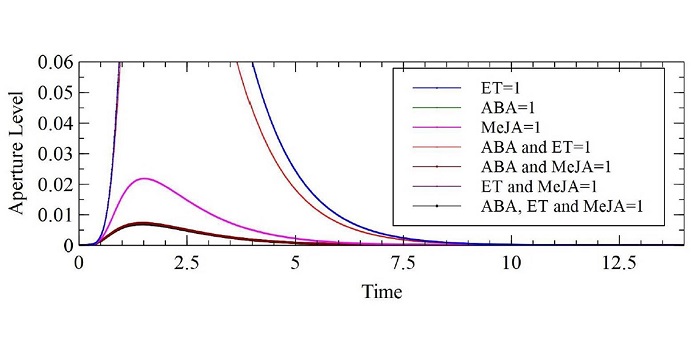
What We're Reading: January 19th
Blog, Research, Research Blog, WWR Full PostThis week's papers were seleted by Renee Dale. Renee is a PhD student in biology and an MS student in statistics at Loiusiana State University who is studying mathematical biology and biostatistics for plant biology applications. She is also working on an educational video game!
Renee selected these…
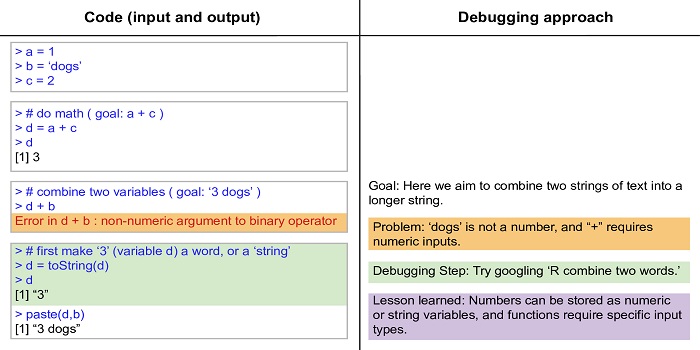
Ten simple rules for biologists learning to program
Blog, Plant Science Research Weekly, Research, Research BlogPLOS Comp. Biol. Plant biologists need basic programming skills (see Friesner et al. for a discussion of why this is true and how to achieve it). As part of the “Ten Simple Rules” series in PLOS Computational Biology, Carey and Papin describe Ten simple rules for biologists learning to program.…
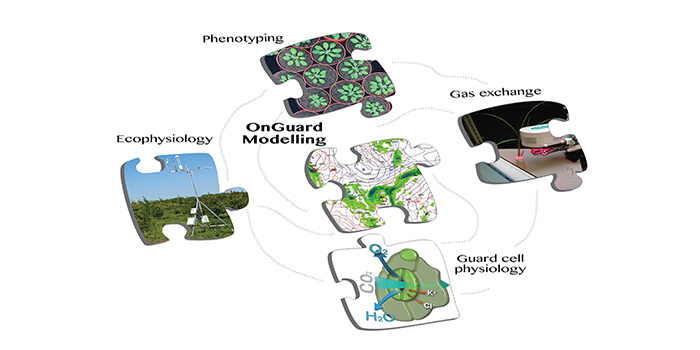
OnGuard2 Computational Platform Tracks Guard Cell Processes
Research, The Plant Cell, The Plant Cell: In a NutshellWang et al. discover unexpected connections between humidity and ion transport using a model that bridges guard cell-to-leaf scales https://doi.org/10.1105/tpc.17.00694
By Maria Papanatsiou
Background: Plants rely on stomata on the leaf epidermis for their survival. Stomata are small pores formed…
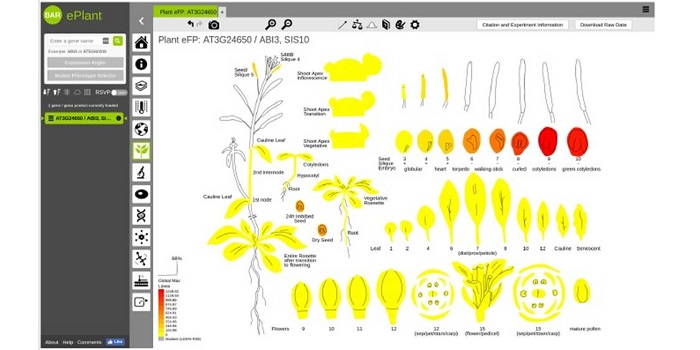
ePlant: Visualizing and exploring multiple levels of data for hypothesis generation ($)
Blog, Plant Science Research Weekly, Research, Research BlogThe application of systems biology is quite phenomenal these days for prediction-based modeling and interactive data visualization. Along with the genome sequencing of the model plant Arabidopsis thaliana, there has been a parallel increase in systems biology tools. Unfortunately, these tools have been…
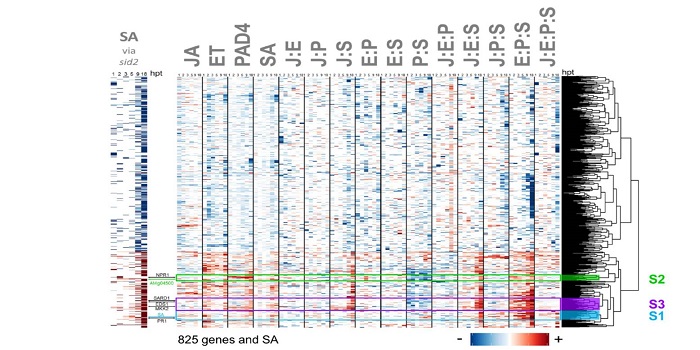
The highly buffered Arabidopsis immune signaling network conceals the functions of its components
Plant Science Research Weekly, Research0 Comments
/
Classic genetic approaches have been instrumental in identifying genes that control developmental and defense networks, but as Hillmer et al. point out, analysis of single mutants is complicated by network buffering. They describe network buffering as occurring when the effect of losing a gene’s function…
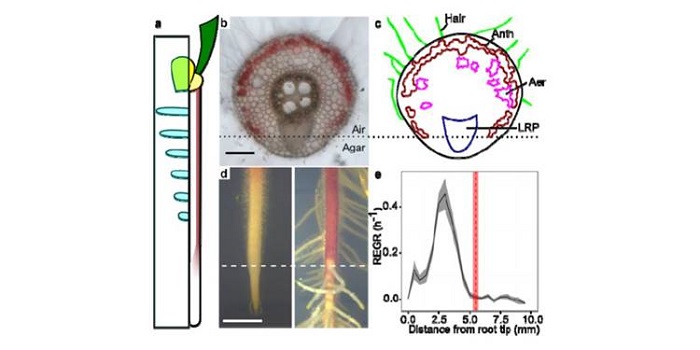
Growth is required for perception of water availability to pattern plant root branches
Plant Science Research Weekly, ResearchPlant roots develop on a very heterogeneous environment surrounded by a myriad of environmental clues that can change at different spatiotemporal scales. The ability of roots to sense and respond to these clues is fundamental to ensure an efficient exploration of the rhizosphere. In this paper, Robbins…
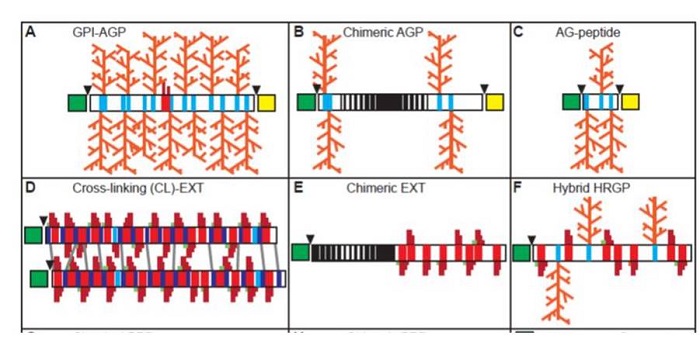
Breakthrough Technologies: Hydroxyproline-rich glycoproteins – bioinformatics and evolution
Plant Science Research Weekly, ResearchA pair of Breakthrough Technology papers in Plant Physiology discusses new tools to identify hydroxyproline-rich glycoproteins and insights into their evolution. Hydroxyproline-rich glycoproteins (HRGPs) are repeat-rich cell wall proteins that have been described as falling into three large families:…
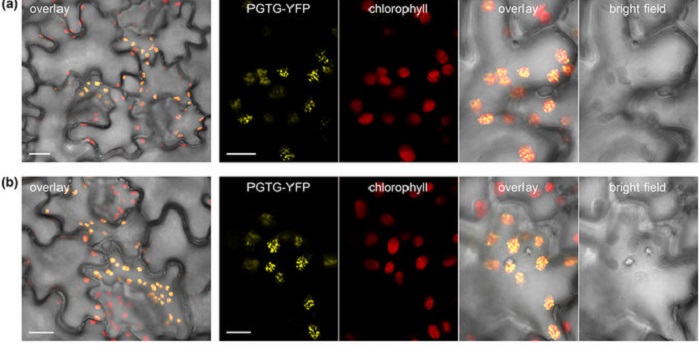
LOCALIZER: Subcellular localization prediction of both plant and effector proteins in the plant cell
Plant Science Research Weekly, ResearchProteins carry sequence tags that are read by cellular machineries that deliver the proteins to their proper destinations, which include the nucleus, mitochondria and plastid. Many pathogen effector proteins have acquired such targeting tags too, but for these can sometimes be cryptic to bioinformatics…

